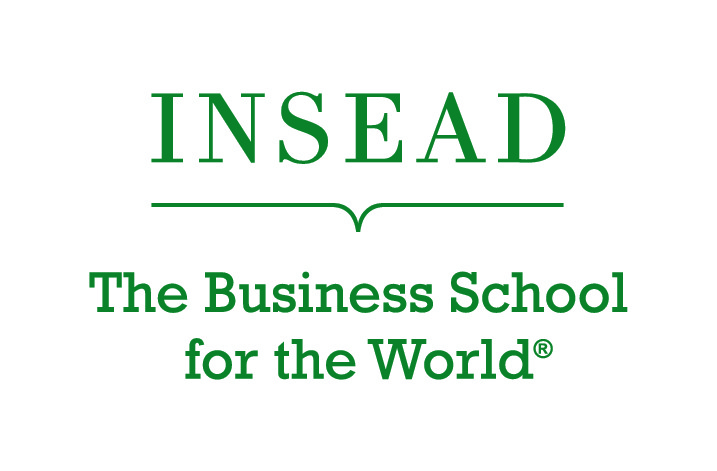- Innovation
The 4 Ws of Business Model Innovation
While many companies have R&D departments and processes, and all companies focus endlessly on financial analysis, how many have established processes for analysing and up-dating their business models?
Steve Jobs’ legacy can be misleading. The product innovations he pioneered were epoch making, but this can lead us to think corporate success in the 21st century is all about inventing killer gadgets – rather a depressing thought. In fact perhaps Jobs’ greatest innovation was the iTunes store – not a product at all but a revolutionary new business model.
Innovating products and taking them successfully to market is highly unpredictable, often burning millions of R&D dollars in the process. Whereas business model innovation (BMI), a much more predictable and relatively cost-free undertaking, can have equal if not more impact on business success and sustainability.
A recent BMI was deployed by Tesla Motors when it launched its scheme to allow electric car drivers to swap batteries at filling stations. The first battery powered cars emerged in the 1850s, since then billions have been spent on trying to create a better battery and recently on faster recharging technologies. But now, late in the day, a BMI has created a breakthrough.
While many companies have R&D departments and processes, and all companies focus endlessly on financial analysis, how many have established processes for analysing and up-dating their business models? And yet the greatest risk to any business comes from a failure to find or adjust to the optimum business model in its chosen area of operation.
In this book, INSEAD professors Karan Girota and Serguei Netessine provide a framework for BMI, based on the active control of two key sources of business risk, ‘information risk’ and ‘incentive alignment risk.’ Risks increase when decisions about business model designs are made without enough information or when incentives are at odds with the broader goals of the organization.
Dell’s business model depends on receiving orders from customers and only then producing stock. Zara asks its front-line store managers to research what is hot on the street then rapidly delivers what shoppers really wanted. These two successful business models were built on information in sectors were others have slipped behind due to the risk of inadequate information.
Incentive alignment risk can occur in healthcare systems where doctors are compensated per procedure rather than for achieving broader goals. The banking crisis of recent memory provides another example. Another misalignment was discovered by Netafim when selling their super-efficient irrigation system to poor farmers. Success only came when they realised that although the farmers would be massively better off in future the initial cost and disruption was too off-putting. A better rental based business model brought success.
Rich with real world examples, this book exposes the risks to business model inertia, and offers guidance on improving decision making around BMI, identifying four basic decision making patterns – the What, the When, the Who, and the Why. It then suggests strategies that can influence What decisions get made by the business, When they get made, Who makes them, and Why leaders make the decisions they do.
The exciting thing about BMI is that it does not involve specialist designers or creative geniuses but can and should involve people from across the whole organization, and it is not a one-off event but should be a continual adaptive process, a core part of the organisation’s culture. This important book is a must-read guide for start-up entrepreneurs and even more so for corporate executives in need of a disruptive business model.
Hardback or Ebook
As one of the world’s leading and largest graduate business schools, INSEAD brings together people, cultures and ideas from around the world to change lives and to transform organisations.
ARTICLES YOU MIGHT LIKE
RESEARCH
Gallup and PWC stress the importance of preparing employees for the AI era
DEVELOPING LEADERS QUARTERLY MAGAZINE AND WEEKLY BRIEFING EMAILS

































